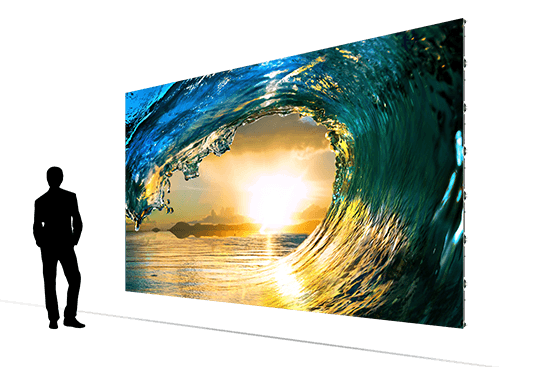Exploring the Diverse Integration Options Available for Light Emitting Diode Wall Modules
Exploring the Diverse Integration Options Available for Light Emitting Diode Wall Modules
Blog Article
Light Emitting Diode wall units have gained popularity for their ability to deliver crisp visuals in various settings, from corporate environments to entertainment venues. One of the primary aspects of these systems is their connectivity options, which allow users to connect them to different devices and systems. Comprehending the broad input options supported for LED wall panels is essential for enhancing their use and effectiveness. This discussion explores these features, showcasing how they can adapt to specific needs and preferences.
One frequent connection approach for LED wall panels is HDMI. High-Definition Multimedia Interface is broadly recognized for delivering high-quality video and audio streams between components. This connection type is particularly useful in commercial settings, such as meeting spaces or classrooms, where visual content or video content are often displayed. By using HDMI cables, operators can seamlessly link laptops, projectors, and streaming devices to LED wall panels, ensuring a sharp and vibrant presentation of media.
Another popular connectivity method is Display Port, which is similar to High-Definition Multimedia Interface but offers additional advantages. Display Port can support higher refresh rates and resolutions, making it an ideal choice for interactive media or graphic-intensive applications. For those using Light Emitting Diode wall panels in environments where output quality is critical, such as esports arenas or creative workspaces, Display Port can provide the necessary visual quality. Additionally, many contemporary computers and graphics cards include DisplayPort connections, making it a practical option for technology-oriented professionals.
In addition to HDMI and Display Port, wireless connectivity options are becoming increasingly common in LED wall panel solutions. Cable-free interfaces allow users to transmit content without the need for physical cables, enabling a streamlined and more adaptable configuration. Technologies such as Wi-Fi and short-range communication enable users to connect smartphones, tablets, and laptops directly to LED wall panels without tangled wires. This versatility is especially advantageous in fast-paced environments like exhibitions or events, where quick changes to displays are often needed.
For extensive deployments or more intricate configurations, LAN integration through Ethernet is another reliable option. Wired links provide a consistent and robust way to connect multiple LED wall panels within a network. This setup is ideal for electronic display applications found in retail centers or airports, where numerous panels may need to display synchronized content across a wide area. By using Ethernet cables and routing hardware, operators can guarantee that all linked Visit This Link panels receive uniform updates and information seamlessly.
Lastly, it's important to consider the future of connectivity with technologies such as USB-C and Thunderbolt 3. These newer connection types offer enhanced data transfer speeds and versatility by allowing one connector to handle both energy transfer and data exchange. As more systems incorporate these standards, LED wall panels equipped with USB-C ports will likely become more common. This evolution in integration not only improves the functionality of LED wall panels but also coincides with the emerging trend of minimalistic design in hardware arrangements by minimizing the number of wires required.
In summary, examining the diverse interface methods accessible for Light Emitting Diode wall panels uncovers many opportunities for helpful site operators across multiple industries. From conventional approaches like High-Definition Multimedia Interface and Display Port to modern wireless solutions and network connections, each pathway serves specific functions tailored to specific needs. Additionally, emerging technologies like USB-C promise further advancements in how users interact with LED wall panels. By understanding these connectivity choices, end-users can make strategic selections that optimize their overall engagement with these versatile display tools.